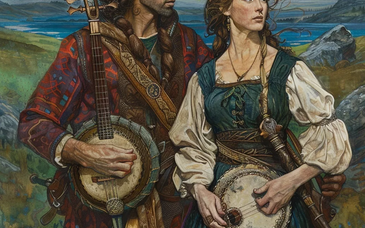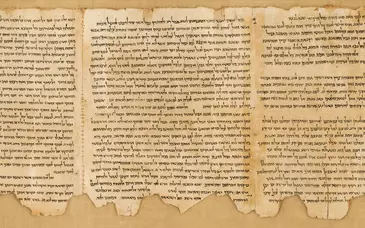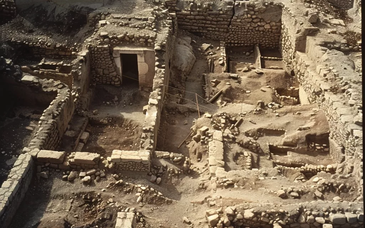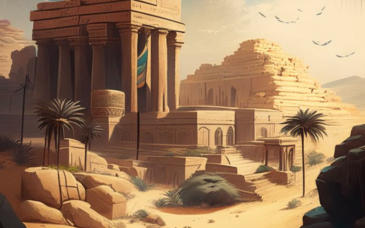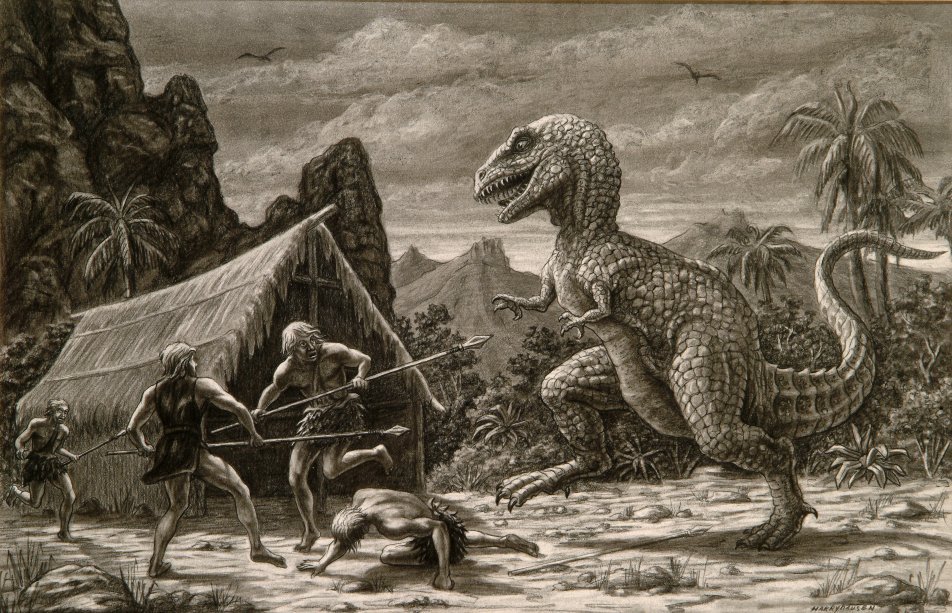
Thus far in this short series we have looked as figurines from Mexico, carved stones from Peru, dinosaur tracks from Turkmenistan and additional dinosaur tracks in the United States. This last installment takes us to another corner of the world, Cambodia. The last item we will examine is one I find very interesting. Not only does the evidence seem strong, but the arguments against the evidence, at least what I have seen, are slightly ridiculous. Here again we have a confirmed date of what appears to be a carving of a dinosaur. If it is authentic, the carving would stand as very strong evidence man had a very good knowledge of dinosaurs well before they should have.
Stegosaurus On TempleThe General Facts:Located in Angkor Cambodia is the Ta Prohm Temple. Built as a Buddhist Monastery in the late 1100’s this temple is somewhat large and is decorated with a number of intricate carvings. Among the carvings are a number of animals, many of which are easily identifiable. One of the animals, while appearing to be easily identified, has caused a great deal of debate and controversy. The image shows what appears be to large with a somewhat long tail, possible horns atop its head and a row of large lobes along its back. The first impression when viewing the image is that it clearly represents a stegosaurus. As mentioned the temple was constructed in the late 1100’s with some additional work taking place as late as the 1400’s. We have already established the fossil record and knowledge of dinosaurs was not known to man until approximately 1844. At best this means the image of the stegosaurus, if indeed it is a Stegosaurus, was carved over 400 years before man knew about dinosaurs, possibly as much as 800 years too early. While the date of construction is not known exactly, it is certainly hundreds of years before anyone should have had knowledge what a stegosaurus looked like. The only thing to be debated is whether or not the image was intended to be a stegosaurus, or some other creature?
Opponents claim the image is actually of a Rhino or perhaps a chameleon. They also claim the distinctive lobes along the back of the creature are not actually meant to be a part of the creature but are in fact background vegetation. A last claim is that the artist, at some point prior to the 1400’s, had somehow seen an intact fossilized skeleton of a stegosaurus. Key Evidence Supporting Authenticity: For this to be considered authentic, to be evidence man had knowledge of dinosaurs well before the fossil record was discovered, two things must be proven. The first is that the image was created/crafted prior to the mid 1800’s. The further from the 1800’s the time period gets the more convincing it becomes. The second item is that the image must clearly depict a dinosaur, not just a creature that resembles a dinosaur when looked at a certain way or in a certain light.
In regards to the first element, the dating, this image certainly qualifies. It is believed most of the construction of the temple was done in the 1100’s but it was certainly completed no later than the 1400’s. As mentioned, either of these dates places the image well out of the current acceptable time line.The second element is not as well established, but I feel it is very close. The idea the image is a Rhino or a Chameleon is very unrealistic to me. If the lobes were actually meant to be background vegetation rather than a part of the creature this would certainly solve the issue, but this is very far from clear cut. The lobes match up almost perfectly with those found on a stegosaurus and there is little if any reason to conclude these lobes were not intended to be a part of the creature. The idea the artist had somehow seen a full fossilized stegosaurs is a stretch at best. While it cannot be said to be a one hundred percent match, it comes close enough that I believe the artist was indeed attempting to draw a stegosaurs.
Key Evidence Against Authenticity: With the date well established the only element standing in the way of confirming the authenticity of this image is the fact it could represent something other than a stegosaurus. While I believe the image clearly shows a dinosaur, there is enough room for doubt that it cannot be stated as an absolute fact. Each person will see something slightly differently, but when you examine the overall image it is hard to see what the artist was attempting to draw if not a dinosaur. There remains room for doubt so everyone will not be convinced and some doubt will remain.Conclusions: Of the items we have examined in this series I find this image to be the most interesting as well as the hardest to dismiss. Do I believe an artist living sometime between 1100 and 1400 saw a living breathing stegosaurus? No, I do not. I do believe the artist had some knowledge of what a stegosaurus looked like, be it a picture or verbal tradition. This would mean the current belief that man had no knowledge of dinosaurs before the 1800’s is in error. How much they knew, what their source of information was, and when they knew it remains a mystery. Do any of the items presented in this series prove man and dinosaurs co-existed on earth? In my opinion, no, none of the items confirms or proves man and dinosaurs co-existed. This said, new scientific discoveries are made almost daily and text books are re-written with some regularity. What we know as fact today is subject to change tomorrow... stay tuned.
